West MI Home Nears Zero Energy – One Thing Missing
We reached back out to Sam Pobst to take a look at his LEED Platinum home and he sent us his latest utility bills of energy use vs energy produced. You can review it here.
What we found was that from Aug 13 – Aug 14 he had roughly used about 3,000 KWHe (heating and cooling) of energy over what he produced.
“In our original energy model we had included a solar hot water collector which we never installed. This would have generated about 10% of our total energy requirements for the home, and put us slightly energy positive. I hope to install it one day, but it is not in the budget yet,” says Sam.
We also asked Sam to talk a little bit about the ROI versus a conventional home built in Michigan. He says, “The ROI with all of the technology we implemented I estimate at about seven years. The PV has a payback of three years largely because of the EARP grant, the tax credit, and my labor to install it. The cost premium for the Serious 925 windows over a standard Energy Star window is less than two years.”
EARP or Experimental Advanced Renewable Program is a program from consumers energy where homeowner’s and business owners can be selected to receive almost double the going rate for the electricity sold to the grid.
“I have somewhere around $20,000 invested in the insulation and sealing of the building envelope. I can’t say what the payback on this is because I don’t know what the baseline cost would be for code built construction. This includes all of the insulation, extra framing, and the extra plywood sheathing. Assuming a code built home with 2×6 construction, a quarter of the insulation, and OSB sheathing, would cost at least half this much, I estimate that the payback is around ten years for this. This payback continues for the life of the home which I estimate to be around 200 years if well maintained,” remarks Sam.
Sam’s home was a targeted passive house but he never made it. Below he details how he surpassed some areas of the program but not in others.
He says, “While we did not meet the heat demand requirements, we more than met the air infiltration requirements, and we devastated the actual primary energy demand by over half.”
Required Actual
Heat demand 4.75 6.47
Pressure result 0.6 ACH50 0.44 ACH50
Primary Energy Demand 38 kBTU/ft2yr 17.5 kBTU/ft2yr
“Based on these metrics, and what I heard at the last PH conference, a restructuring of the organizing principles of PH to weigh these three critical PH components to arrive at a score make more sense,” says Sam.
Catch a video about Sam’s project from start to finish, review the profile, and stay tuned to learn if Sam goes Net Positive.

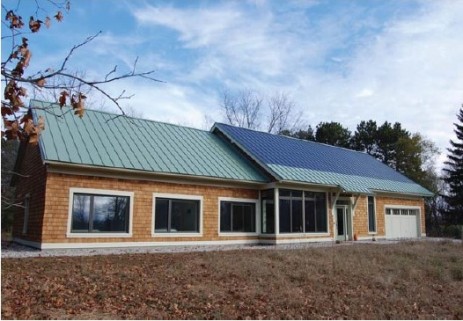
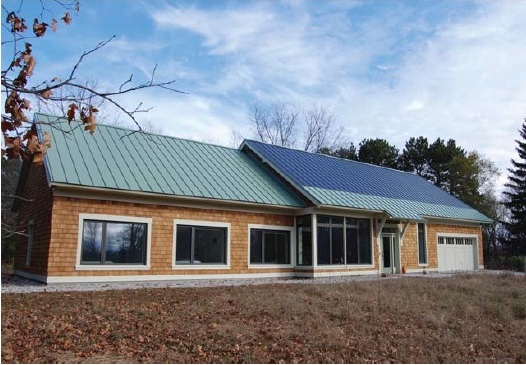


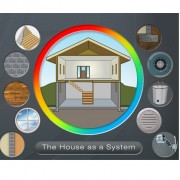


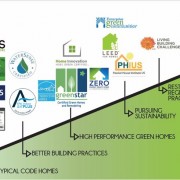
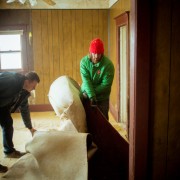
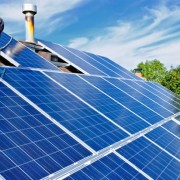



Leave a Reply
Want to join the discussion?Feel free to contribute!